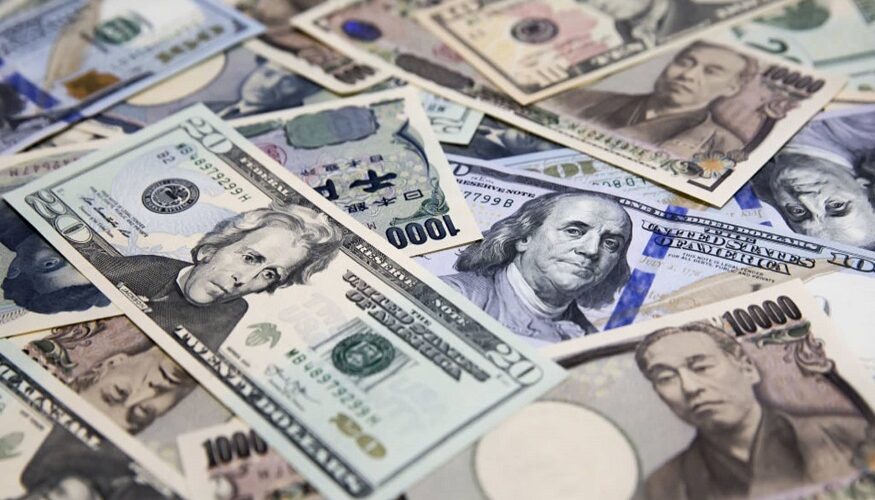The Japanese Yen is the legal tender of Japan, and till 1954, it was divided into the 100 and 1000. They later became abolished from circulation in the same year. After the Second World, Japan was utterly destroyed and faced complete destruction. However, it later became a strong economy in the latter- half of the 20th Century.
Kavan Choksi– how did the Yen rise to become one of the most influential currencies in the world
Business and finance expert in Japan, Kavan Choksi, states it was after the 20th Century that the Japanese Yen became a powerful currency in the world, challenging its peers, the pound sterling and the US dollar in the international market. The symbol of the Japanese Yen is the ¥, and it derives its name from the ancient Chinese word, Yuan, which means round coins in English.
According to him, the Meiji Government minted the Yen for the first time in 1869. It became the official legal tender of the nation in 1871 after significant monetary reforms were made. In that year, the Japanese Government abolished paper money as a medium of exchange along with clan notes that the feudal lords of the country used and circulated till the latter- half of the 16th Century in Japan.
Currency notes that belonged to the Tokugawa Era
As per a survey in 1868 conducted by the Ministry of Finance, there were about 1694 denominations of clan money released in Japan by 244 clans, fourteen magistrate offices, and shogunate retailers during the Tokugawa Era that lasted from 1603 to 1867. The currency notes of the Meiji Government replaced the replacement of these clan notes.
Status of the Yen currency today
Today the Bank of Japan has the sole authority to mint Yen currency notes and release denominations from one thousand to ten thousand in value. One will find pictures of famous people from Japan on the obverse of their currency bills.
For example, one will find the picture of Hideo Noguchi, an acclaimed bacteriologist, on the 1000 denomination Yen currency bill and the popular author Murasaki Shikibu who wrote the famous novel GenjiMonogatari or The Tale of Genji in Japan. This novel is one of the oldest books in the nation, and it features on the 2000 Yen currency bill. Celebrated author and educator Fukuzawa Yuichi, who is one of the most famous people who does not belong to the Government of Japan, features on the 10,000 JPY-denominated currency bill. In Japan, you will find that the denomination of the nation’s coins is from one to five hundred Yen.
Business and finance expert Kavan Choksi states that the one denomination Yen coin weighs one gram, and the famous painting known as The Kakitsubata Flowers is found on the reverse of the 5000 denomination Yen currency bill. There is another noteworthy point that you can see in the Yen currency of Japan, and that is its higher values are counted in the multiples of 10,000, whereas in most of the nations in the West, the money was calculated in 1000. Secondly, the Yen currency is so secure that it is impossible to create counterfeited notes of them in the nation.

